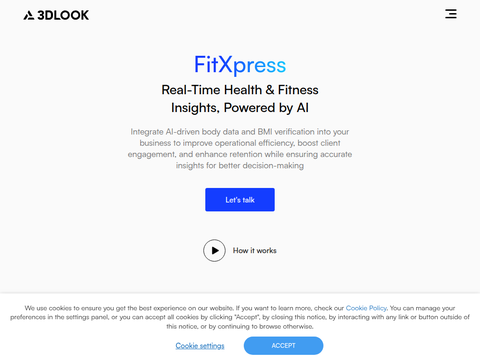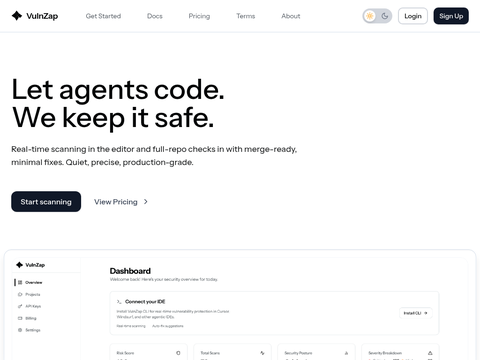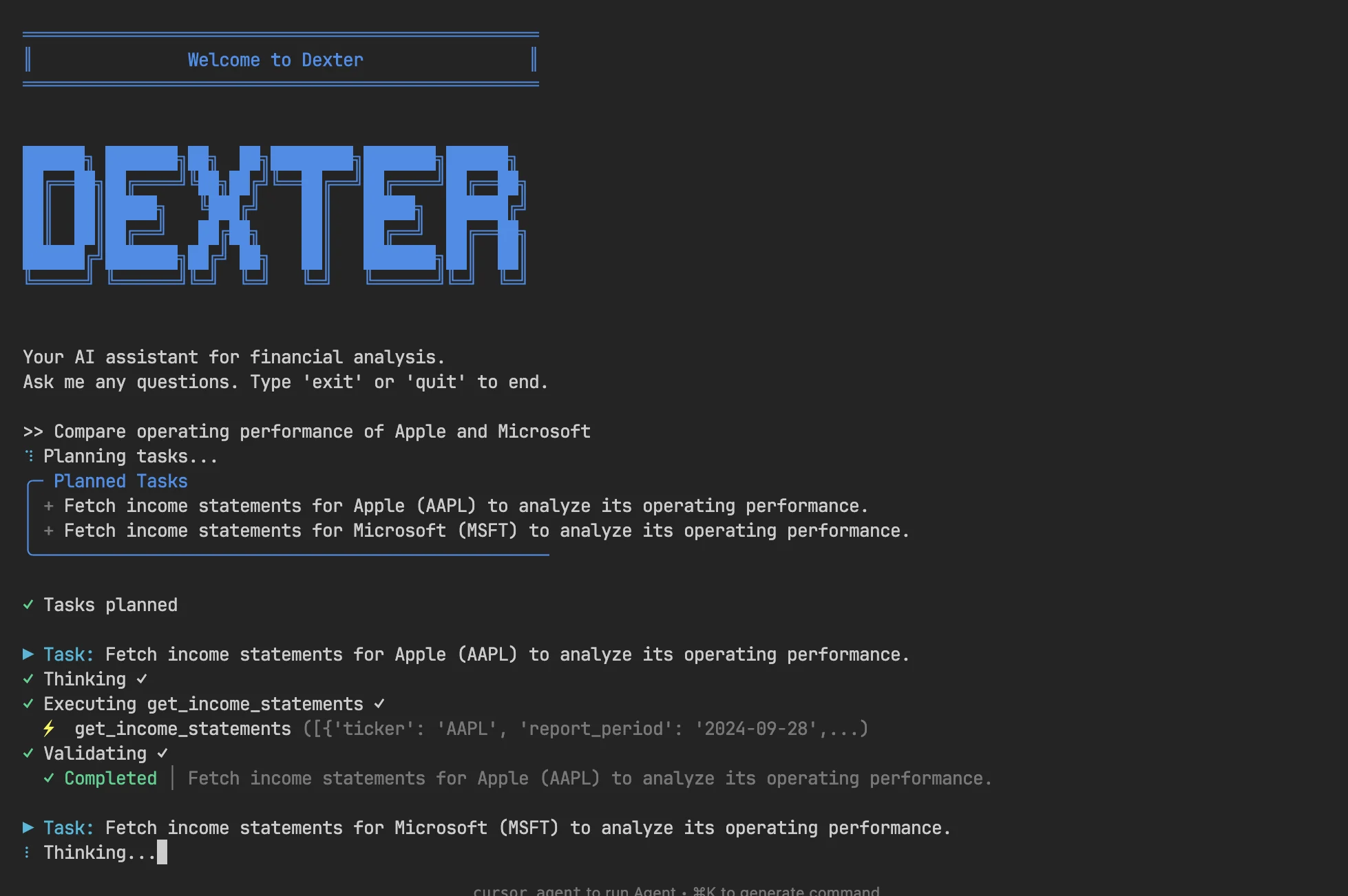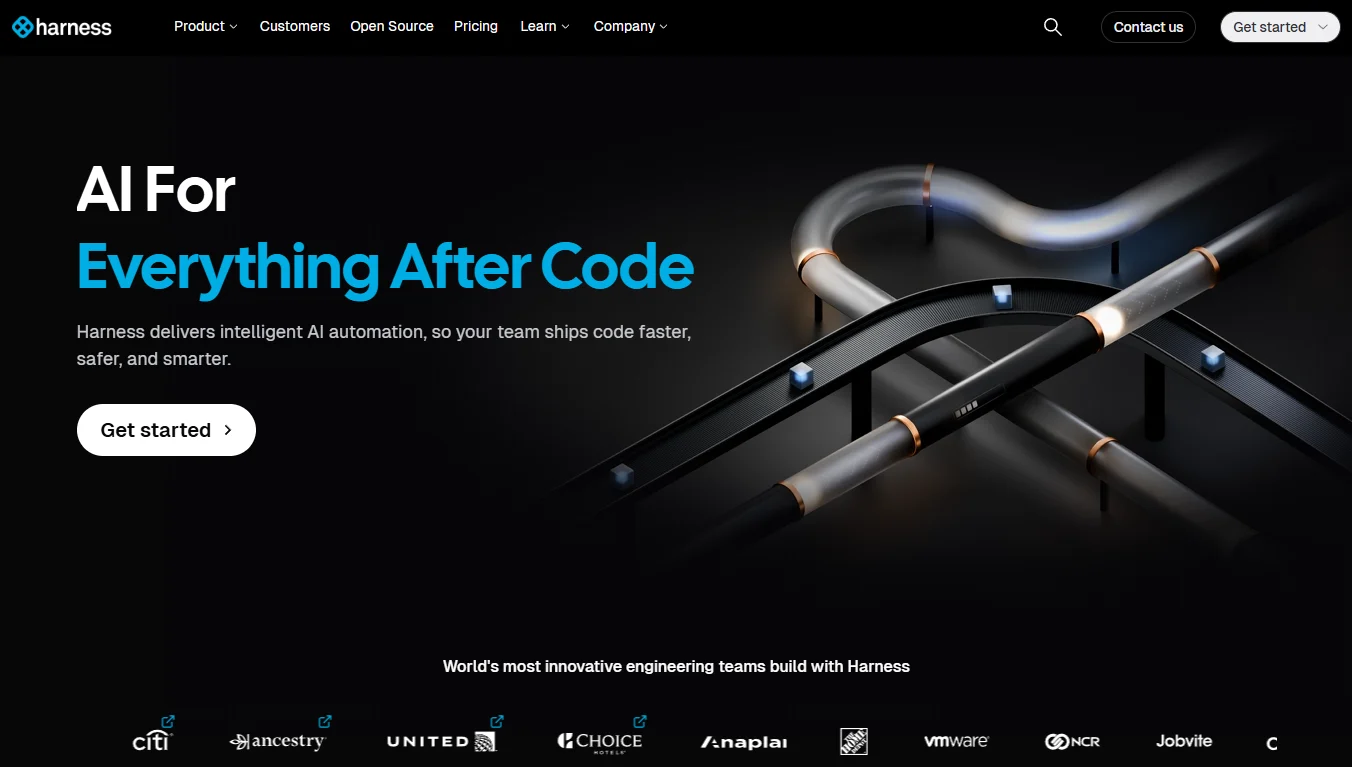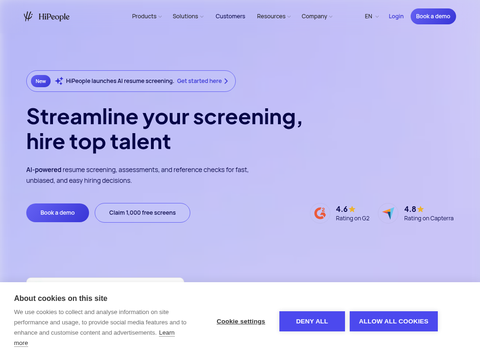Aside from Andy Sachs, Pinterest is unveiling an AI-powered shopping assistant designed to suggest your next outfit. Starting Thursday and rolling out over the coming weeks and months, Pinterest users will be able to talk directly to the visual platform about what they're shopping for or searching. The Pinterest Assistant will deliver personalized recommendations based on a user’s saved boards and any Pin currently on screen, accompanied by brief spoken explanations of the results.
Pinterest CEO Bill Ready explained that the AI assistant is built to foster a more conversational experience. That’s why it accepts only voice input from users and responds with spoken commentary alongside suggested Pins and products. (Currently, there’s no option to disable the audio narration.)
The AI assistant is an optional feature and does not replace traditional text-based search, which remains unchanged on the platform. Ready noted that Pinterest has long used AI to curate recommendations for users. The new voice layer represents the latest addition to its suite of text and image AI models. “What we’re doing now is making it so you can truly have a conversation with it,” he said.
During Ready’s nearly three-year tenure as CEO, the platform has “effectively become an AI shopping assistant” for its nearly 600 million users—more than half of whom belong to Gen Z. Earlier this year, the company faced criticism after AI-generated images of feces began appearing across the platform. In response, Pinterest started labeling AI-generated content and introduced a “Tuner” feature that lets users reduce the visibility of AI-generated Pins in specific categories like fashion or beauty.
Ready observed that users are increasingly submitting longer, more detailed queries, suggesting a desire for less structured, more natural interactions with the platform. For instance, a Taylor Swift fan interested in knitting might not know exactly what they’re looking for or may struggle to type out a vague vision. “But when it’s conversational, you see people speak very differently than they type,” Ready said.
Users can interact with the assistant by holding down a microphone button, similar to sending a voice message to a friend. In a demo with The Verge, Ryan Galgon, Pinterest’s Director of AI Product, asked the assistant for fashion suggestions inspired by a Wimbledon poster image. Images of tennis-inspired outfits appeared on screen, and the assistant verbally described them before offering alternatives—such as a more preppy or casual take on the look. Galgon emphasized that Pinterest deliberately keeps voice responses concise, using short descriptions of recommended Pins to maintain a “truly visual” experience.
The Pinterest Assistant is powered by a “visual-first” multimodal AI model capable of processing audio, images, and text, with image-based outputs. Ready said the core AI model was developed internally using proprietary user “signal” data, supplemented by off-the-shelf AI models for basic language processing.
Adult users in the U.S. can now sign up for early access to the beta version of this new AI feature, with a broader rollout planned over the next few weeks and months.


